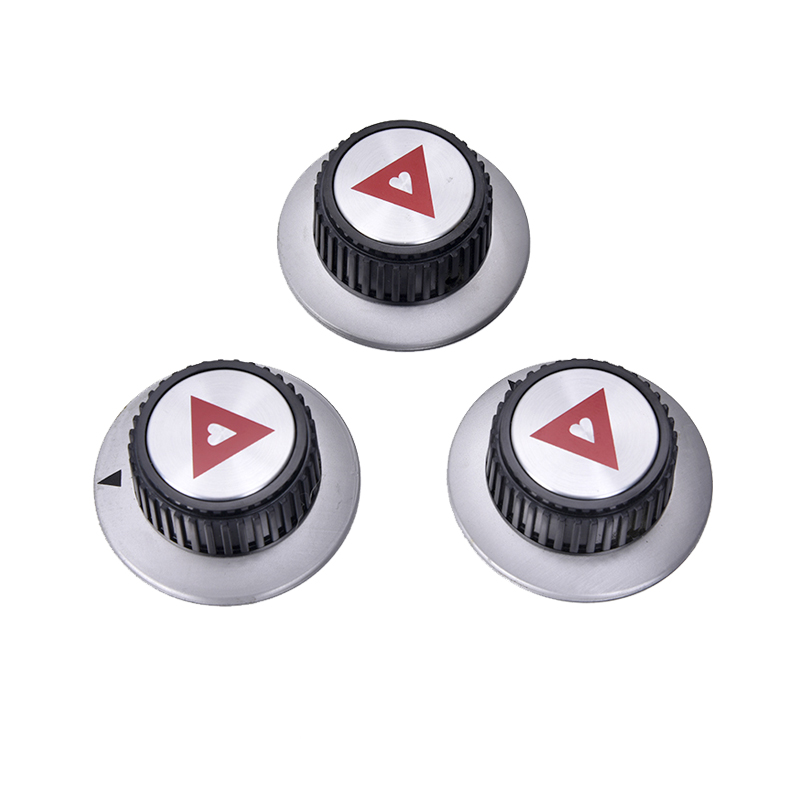Ensuring the safety and hygiene of oven knobs is paramount in any kitchen environment. Oven knobs are constantly handled during cooking and baking processes, often exposed to heat, moisture, and food spills. As such, the materials and finishes used in their construction play a vital role in maintaining cleanliness, preventing contamination, and ensuring the safety of users.
When it comes to selecting materials for oven knobs, manufacturers prioritize durability, heat resistance, and hygiene. Common materials include plastics, metals, and heat-resistant composites. Plastics such as nylon or polypropylene are favored for their heat resistance, lightweight nature, and ease of cleaning. These materials are non-reactive and resistant to moisture, making them suitable for use in ovens and other kitchen appliances. Additionally, plastic knobs can be coated with protective finishes to enhance their durability and resistance to stains and scratches.
Metal oven knobs, typically made from stainless steel or aluminum, offer durability, heat resistance, and a sleek, modern aesthetic. Stainless steel knobs are corrosion-resistant and easy to clean, making them ideal for high-temperature environments like ovens. However, metal knobs may become hot to the touch during cooking, requiring caution to prevent burns.
Heat-resistant composites and ceramic materials are also used in some oven knobs, providing excellent heat resistance and durability. These materials can withstand high temperatures without warping or deforming, making them suitable for use in ovens and other cooking appliances.
In addition to materials, the finish applied to oven knobs is crucial for maintaining hygiene and preventing contamination. Smooth, non-porous surfaces are easier to clean and disinfect, reducing the risk of bacterial growth and food contamination. Matte finishes offer a soft texture that is resistant to fingerprints and smudges, helping to maintain the cleanliness and appearance of oven knobs over time. Anti-microbial coatings or additives inhibit the growth of bacteria and fungi on the knob surface, promoting hygiene and food safety in the kitchen environment.
Moreover, heat-resistant coatings or paints protect the knob surface from heat damage and ensure long-term durability and safety. These coatings prevent discoloration or degradation of the knob surface when exposed to high temperatures, maintaining the integrity of the knob and preventing potential hazards.
Ergonomic design features also play a role in ensuring the safety and hygiene of oven knobs. Knobs with smooth, rounded edges and textured surfaces provide a comfortable grip and enhance control when adjusting oven settings. Clear, legible markings and indicators make it easier for users to select the desired temperature or cooking mode, reducing the likelihood of errors and ensuring safe and efficient operation.
The materials, finishes, and design of oven knobs are critical factors in ensuring safety and hygiene in the kitchen environment. By selecting high-quality materials, applying protective finishes, and incorporating ergonomic design features, manufacturers can produce oven knobs that are durable, easy to clean, and resistant to heat and moisture. These efforts contribute to maintaining cleanliness, preventing contamination, and ensuring the safety of users during cooking and baking processes.


 English
English  中文简体
中文简体











